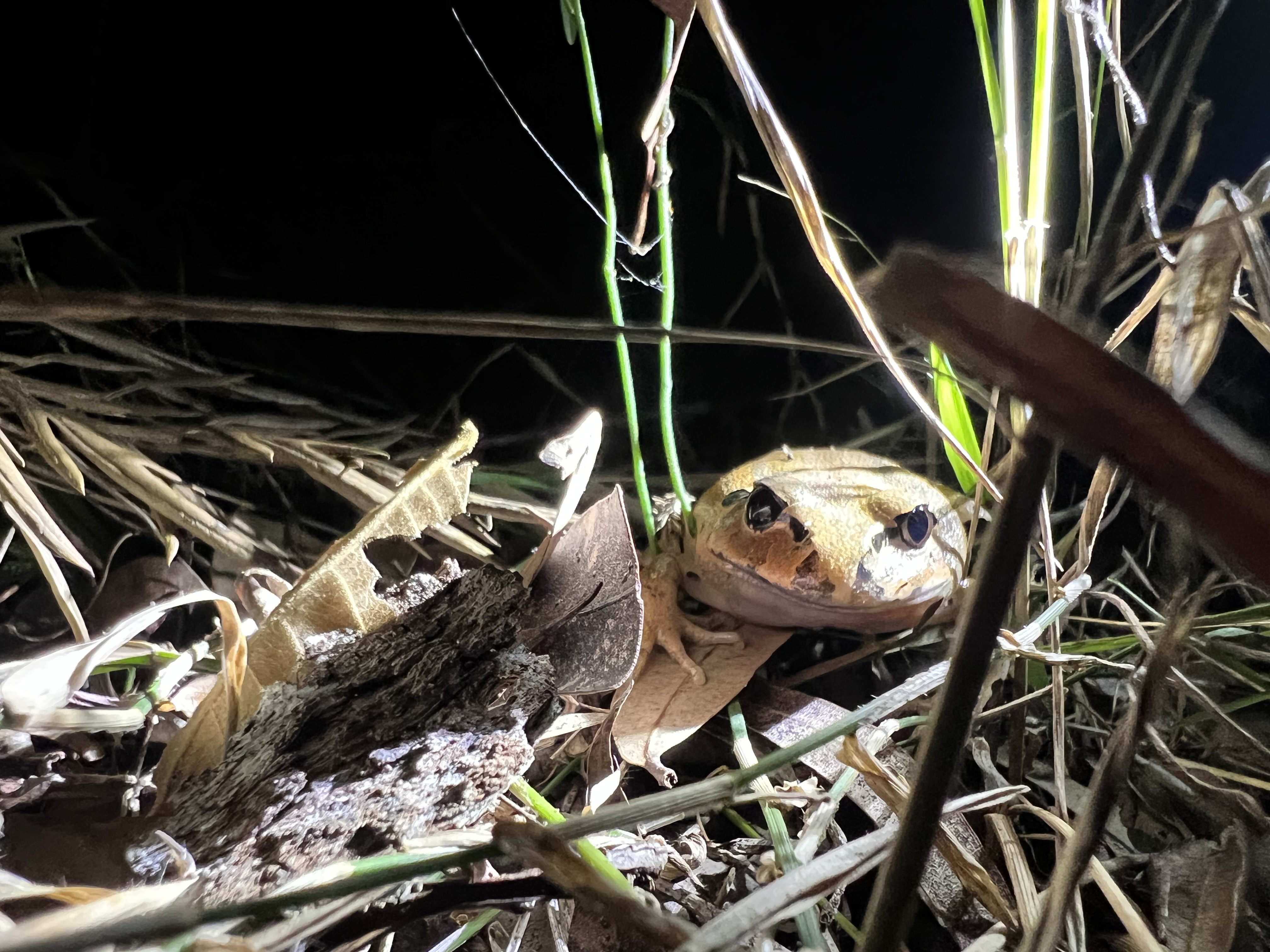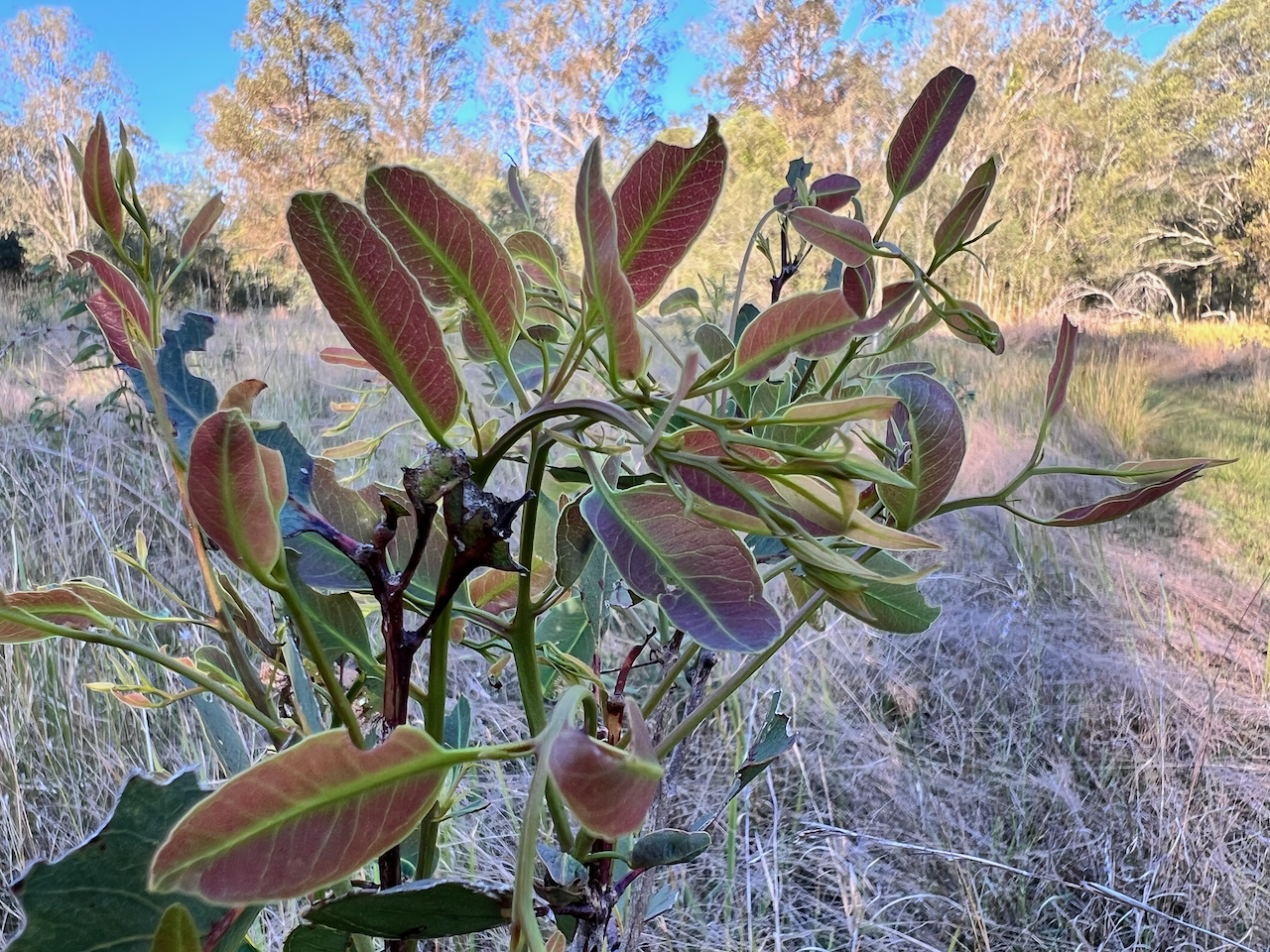I was happy to be part of the ANAT Micro talk series last week – featuring Melissa DeLaney from ANAT plus Jennifer Kemarre Martiniello + Prof Simon Haberle (ANU) and myself Keith Armstrong + Dr. Eleanor Velasquez (TERN) alongside the ANAT team.

I made the following notes for the talk – much of which was covered in the discussion – and which will in time be made available on video.
FAI is an art-science collaboration with Samford Ecological Research Facility (SERF) in SEQ, and the ecological data science organisation TERN (Terrestrial Ecology Research Network). The project is an examination of the innate, more than human, regenerative and creative intelligences that are allowing a 2 ha pasture, to slowly return itself back to a biodiverse forest, with minimal human assistance.
Our aim is to re-vegetate a 2 hectare site at Samford Ecological Research Station (SERF) in SEQ, acting as caretakers rather than directors, whilst also adding subtle, forest-enhancing artworks (Called Forest Art Intelligences) to the plot that will both benefit the forest and also allow audience engagement and interpretation with the myriad non-human intelligence of the site.

My collaborators are:
- Dr. Eleanor Velasquez – from TERN (B/g in arts and ecology & education officer)
- Forest restoration ecologists Dr. David Tucker and Dr. Gabrielle Lebbinck (strategy and practice for stewardship and botanical survey of the site)
- SERF Land manager Marcus Yates (all on site aspects of management and deeply lived advice)This steering group/panel/all committed to the same outcome and engaged with examining the idea of art intelligences from our different perspectives and cross fertilising. Because the artwork benefits the forest that allows the science team to both advise and then suggest approaches – as our capacity to co-develop slowly enhances.
Show slideshow of photos:

What have been the highlights of your residency (to date)?
- Innumerable visits to the site – to spend time, walk on Country and listen, observe, activate senses, and slowly, surely learn – (Access to powerful Country).
- Watching the forest begin to recreate itself.
- ISEA Visit of the ANAT team and Angie Abdilla – New Ways Old – to see the affect the site and concept has on others (i.e. it’s not just us feel the power of this place!)
- Having the artwork become a key feature of the SERF ‘Engaging Science’ trail
- Discovering a rare red backed button quail after summer 2024, and changing our project plans to accommodate it
- Being at the table around all decisions related to the long future protection of the site
- Understanding that intelligence is far more than being just ‘like us”
- Conceiving how we might make an artwork for the forest: that is appropriate, beneficial and respectful to the forest – and envisaging how we might establish analogs of the forest’s natural, metabolic intelligences that will allow both art and general audiences (on site and remotely) insight and engagement: (e.g. ART INTELLIGENCES, ACCELERATORS, INTERPRETERS)
- Where to next?
- The site should be indistinguishable from the adjacent forest within 50-100 years! We expect the trees to double in size by the end of this season and then onwards.
- This Collaboration is just beginning.
- Keen to establish ongoing engagement with Traditional Owners – a work in process determined by the site’s owners
- Now starting creation of the first 3 of a series of interventions on site – and then allowing time and ecological process (2025 onwards) to direct those artworks (evolution/decay) – with human audience engagement then emerging through direct experience, documentation and other forms of aesthetic translation

How has your art practice been influenced by the residency environment?
- Understanding better how to put analog life at the centre of a respectful making process
- “With the recent rapid development of artificial intelligence (AI), we have overemphasised algorithms and other mathematical abstractions, based upon ourselves, and have neglected tacit, embodied, living more than human intelligences. As a consequence, our ability to be in the world – in other words, our wisdom – seems to have diminished dramatically”. (Paraphrased Capra quote)
- This project offers me/us a powerful challenge to do better – to try to overcome what Laura and Stoller’s call colonial common sense/ ‘settler logic – recognise and counteract that embedded, unacknowledged, disciplinary violence.
- Develop responses that are appropriate, respectful sustainable and regenerative.
- Not be afraid to uses appropriate materials – and draw upon technology just where appropriate – engaging with lively analog materials as much as electronics and computation
What have you learnt from one another as collaborators and what traces will you leave at the completion of the residency?
Science’s shares a passion and ideals for a better world. Often its self-imposed limits dictate ways of seeing problems, and disallow outlets for the anger, dread and hope that scientists feel. This collaboration presents one different way of engaging to promote the shared passion all who care for the environment feel, and asking different questions/asking questions differently.
